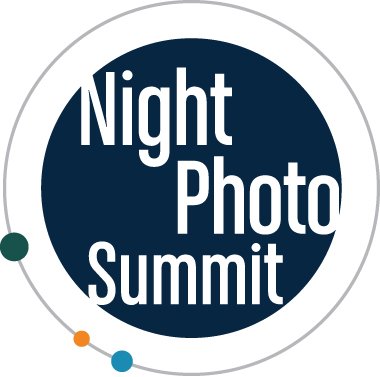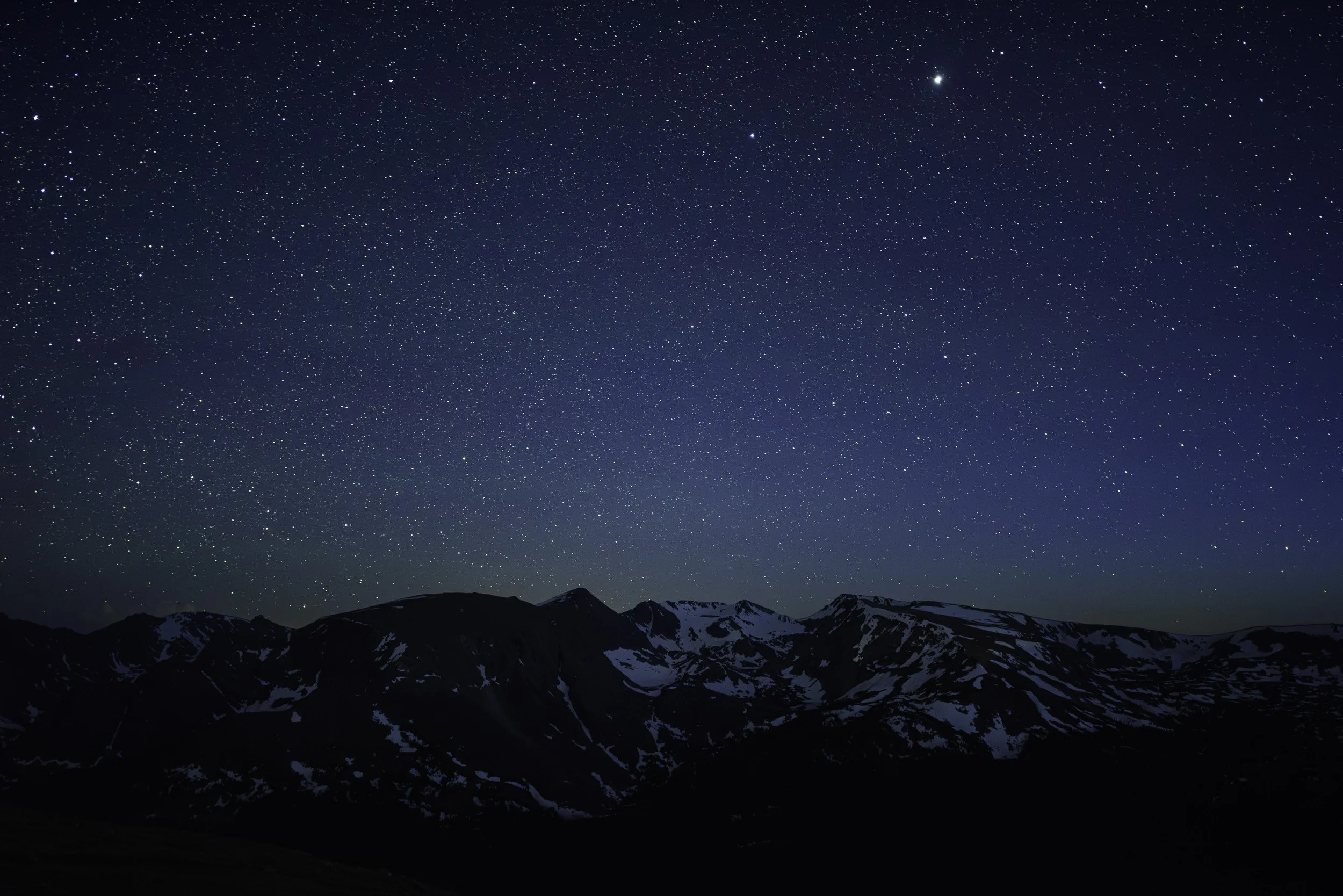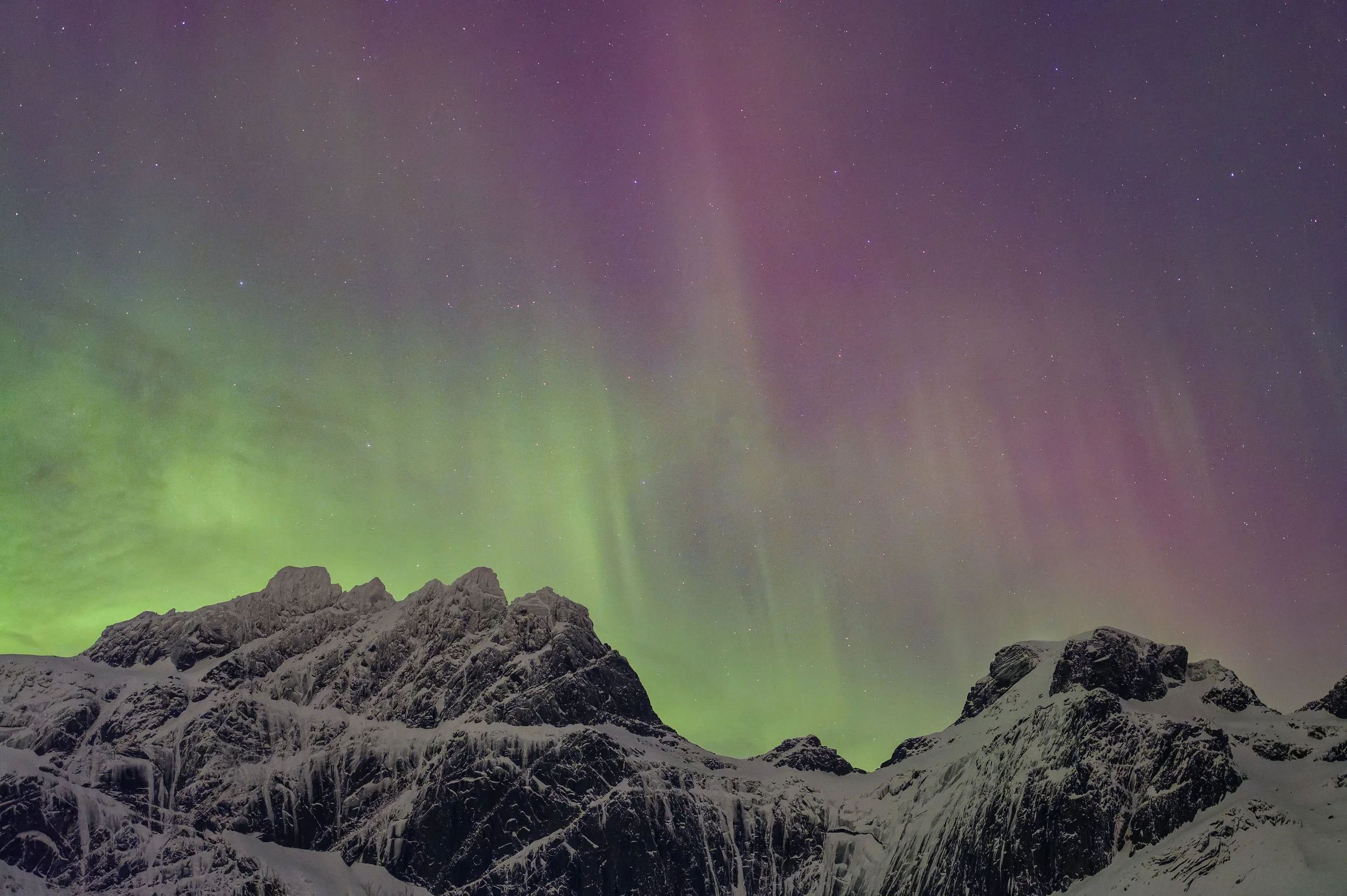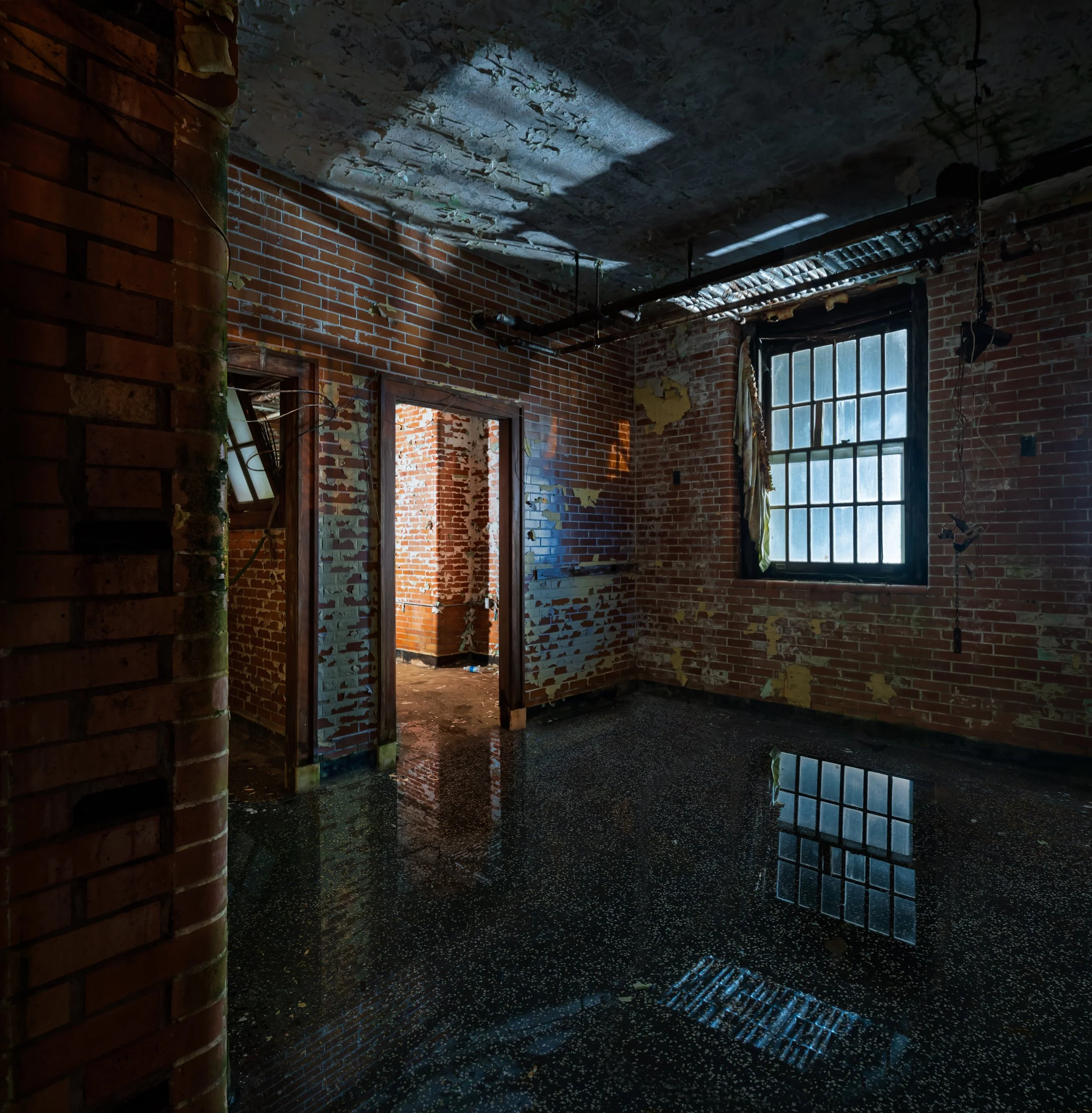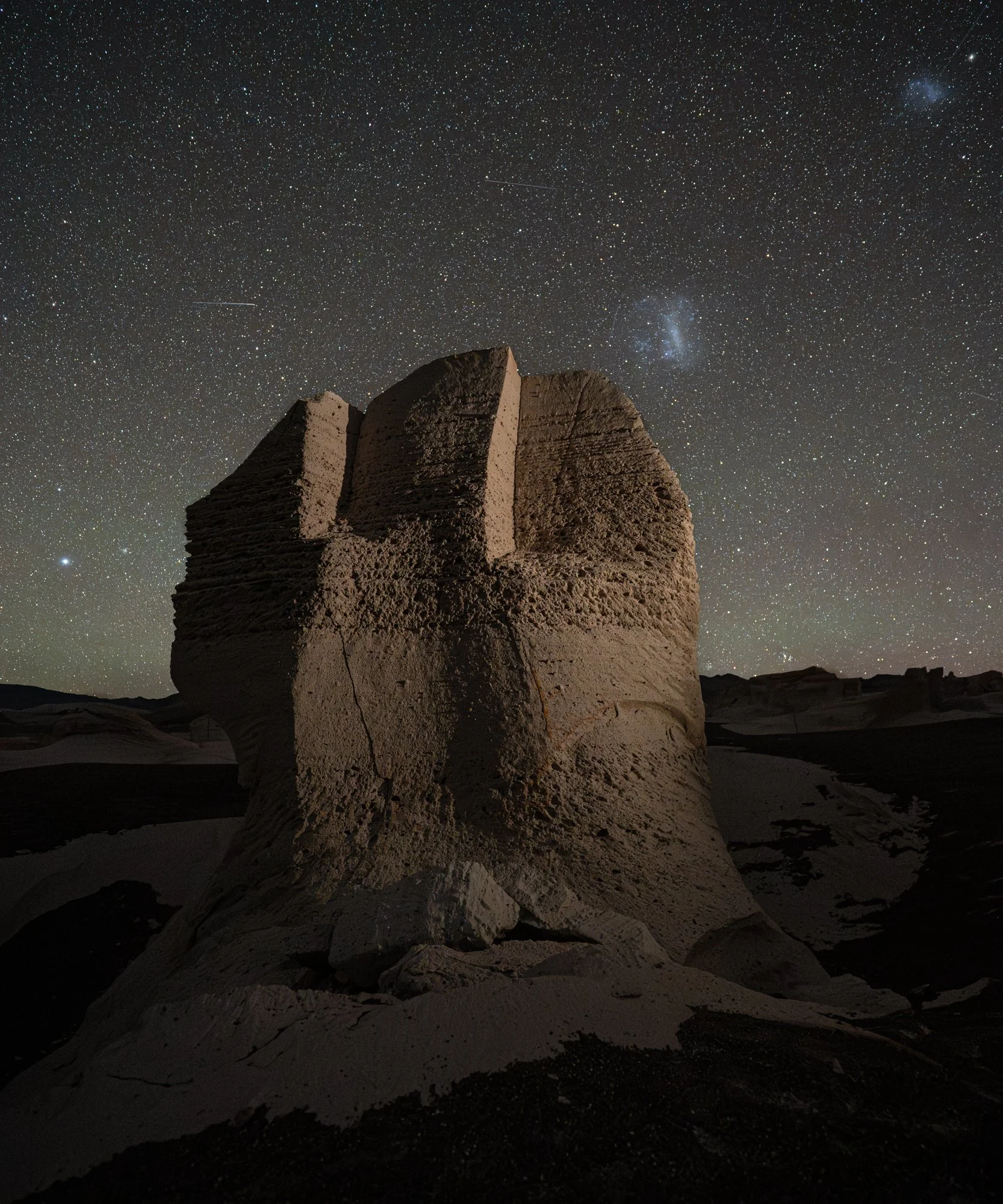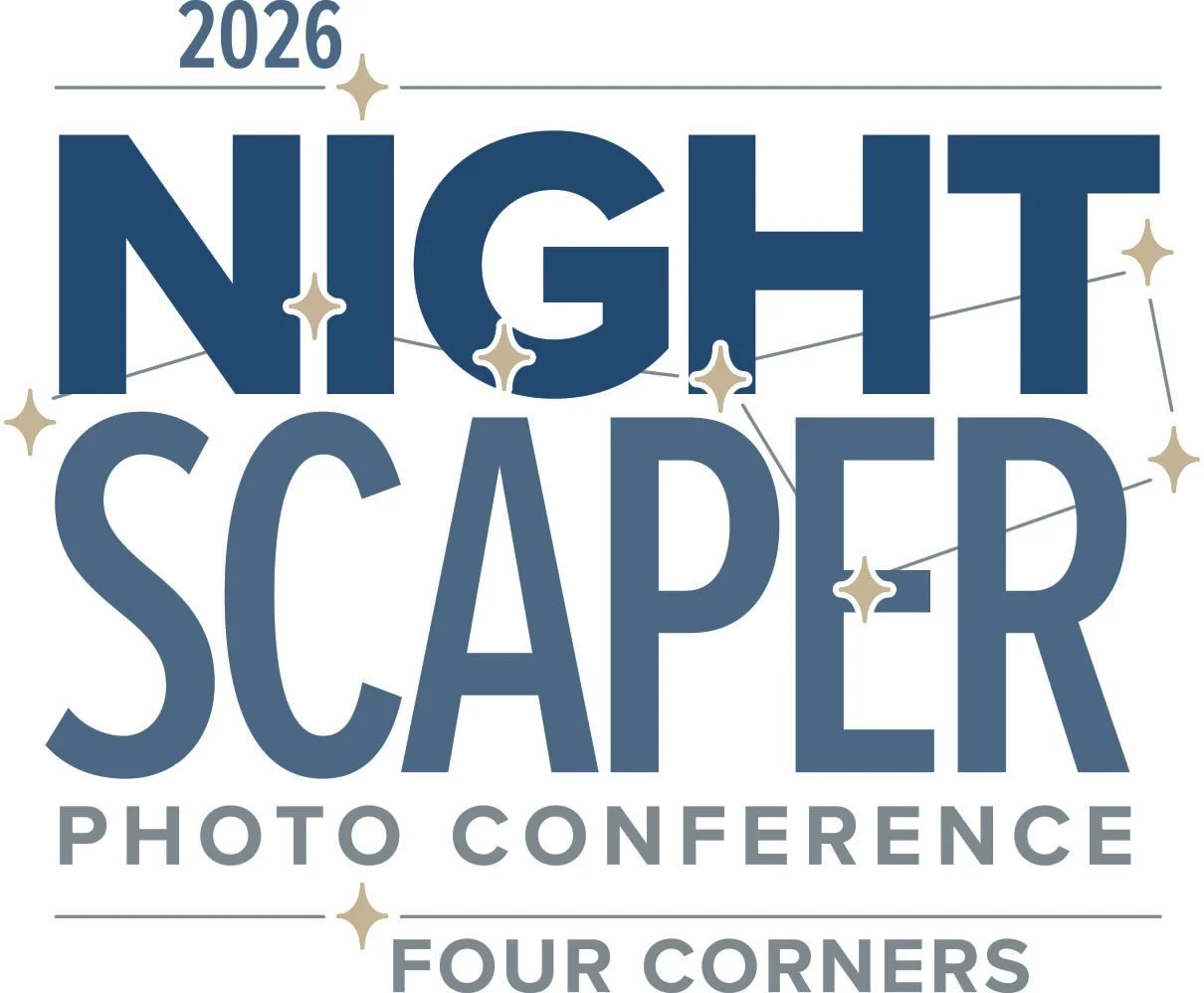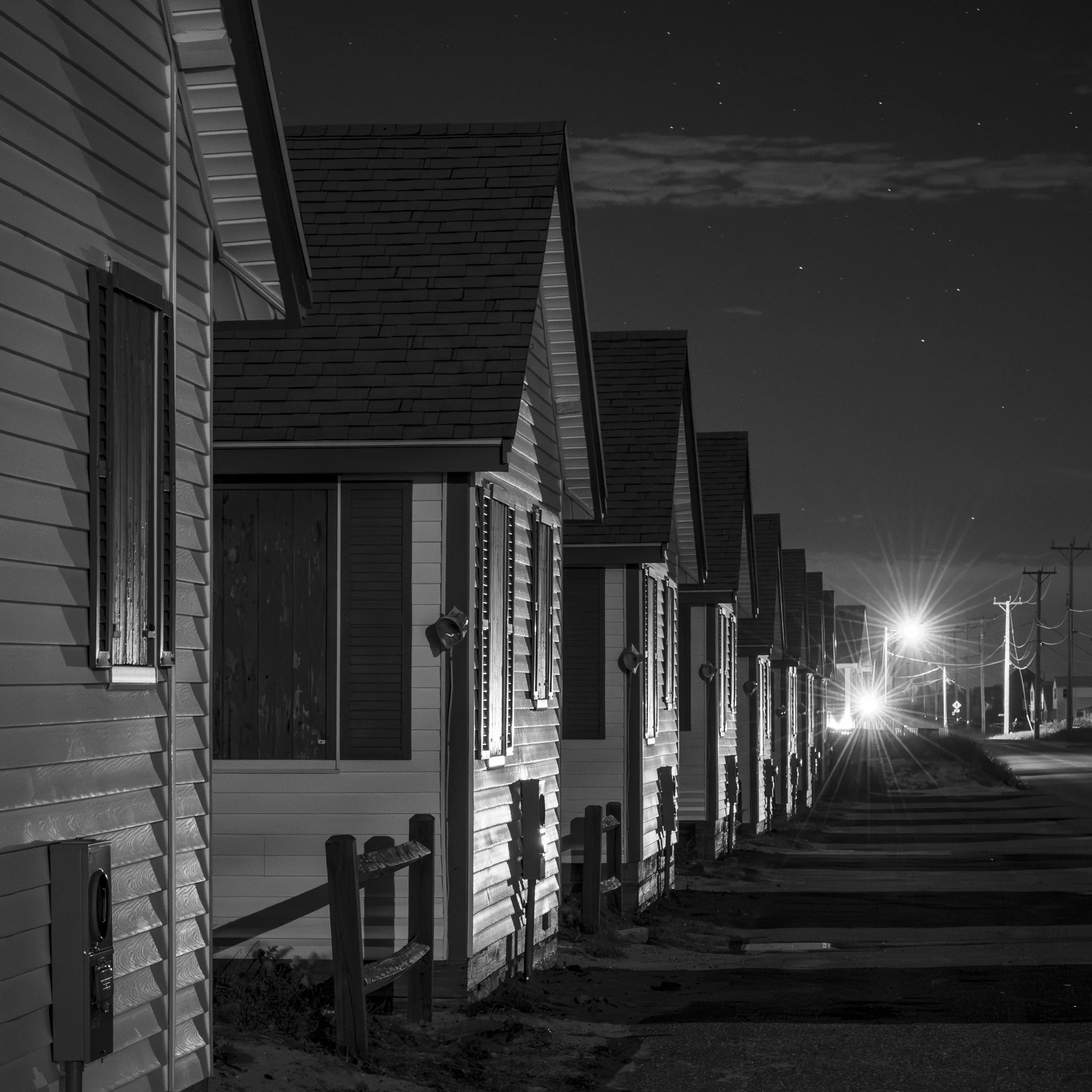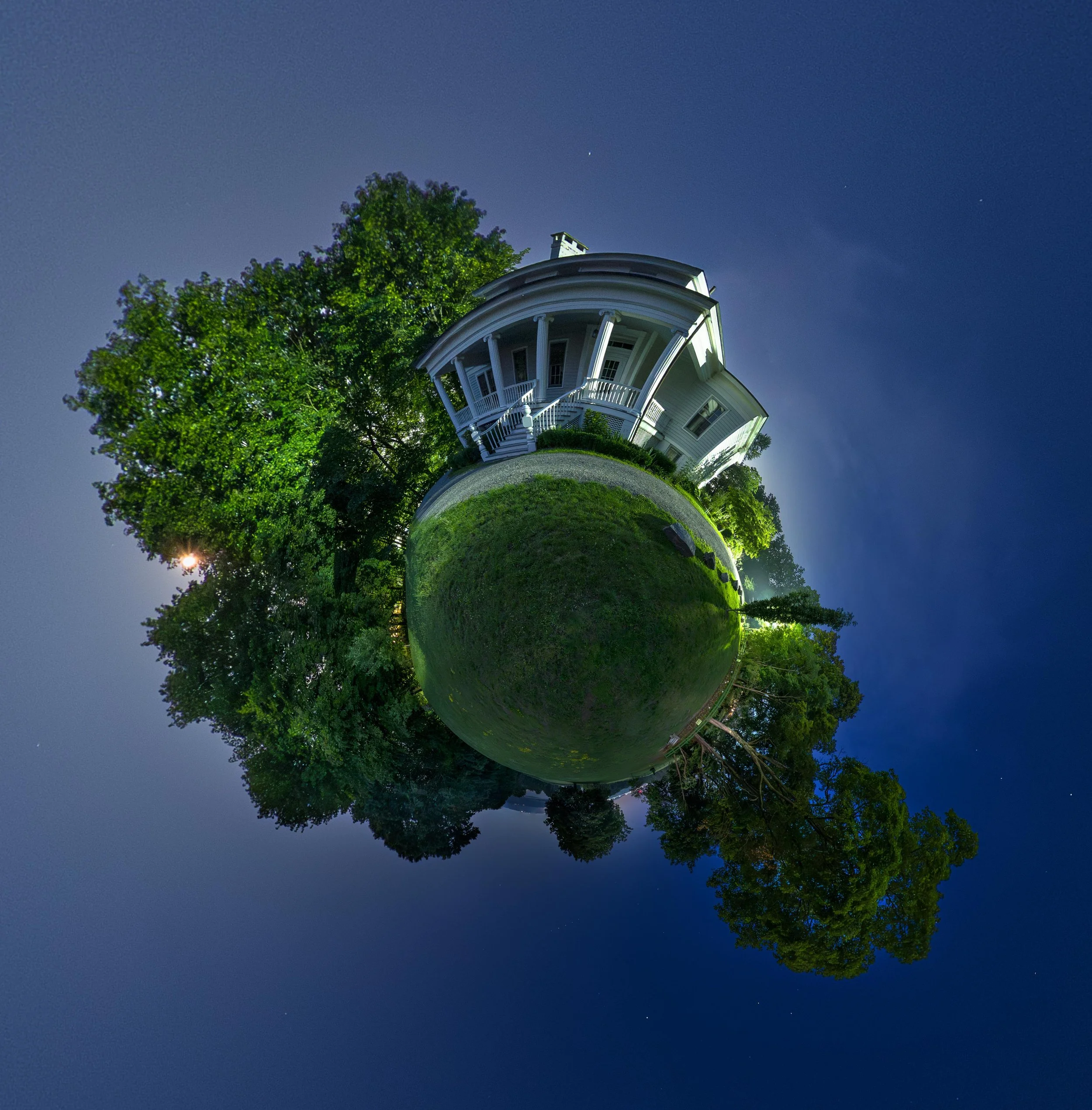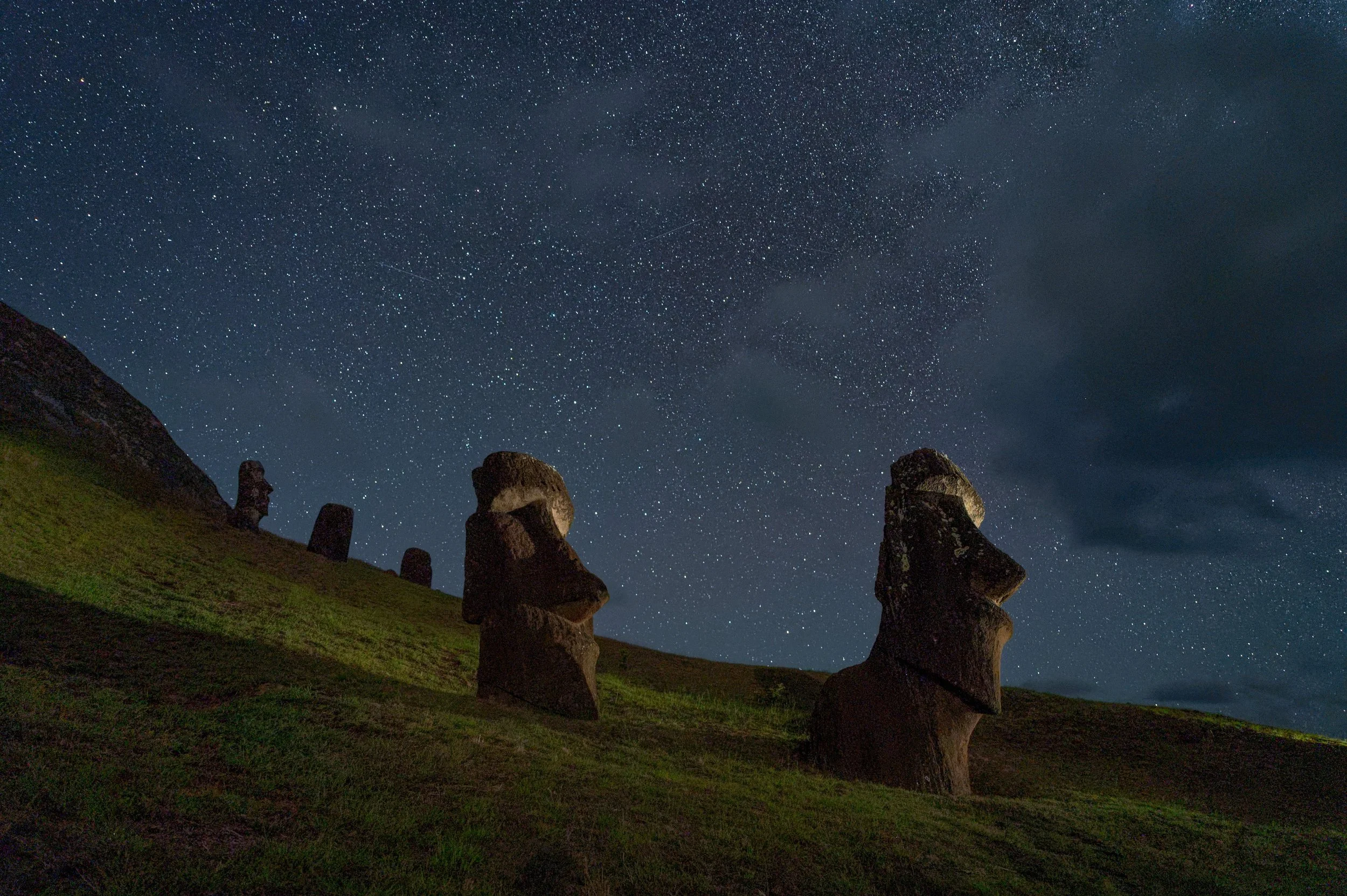Here we are again, at the end of a year, when nature dictates to our psyches that we examine all that we’ve done in the 364 days prior. And that, of course, includes everything we’ve done with cameras under dark skies.
We at National Parks at Night have accepted this annual self-assignment—for the five of us to examine the work we’ve done in the past year and each choose our favorite two photographs. The reasons for our choices vary. Some are favorites because of overcoming a technical obstacle, some for making a new technique work, some for exploring a new place, some for the experience and the memory.
Whatever the reason for these images making our cut, all have two things in common:
Each of these ten photographs are from units of the National Park Service—our homes away from home, and some of the very best places in the world to practice night photography.
We enjoyed making all of these photographs, and we enjoy recalling the stories of how they came to be. Enjoyment, of course, is the best goal for photography all around.
So here we go. The ten images that we most enjoyed making in 2019 …
Gabriel Biderman
Lassen Volcanic National Park
Cinder Cone and Milky Way, Lassen Volcanic National Park. Nikon Z 6 with Nikon 14-24mm f/2.8 lens. Twilight foreground: 15 seconds, f/2.8, ISO 100; Night sky: 25 seconds, f/2.8, ISO 6400.
My favorite photo of the year is from our Lassen Volcanic National Park workshop, at the Cinder Cone volcano. Lassen Volcanic, in California, is a true gem, as well as an under-visited national park.
All four types of volcanoes are featured in Lassen, and they make for great foregrounds against the incredibly starry skies. Cinder Cone is one of the best for photography, though it takes some work to get to, as it sits in the more remote northeast corner of the park and requires a 2-mile one-way hike with an elevation gain of 846 feet over the last .8 miles up the side of the loose-rock volcano.
We started the hike in the afternoon so that we could get to the top before sunset. Halfway up we took a break, and I loved the visual of the trail carving up the side of the volcano. I checked PhotoPills and was ecstatic to see that later the core of the Milky Way would be rising right above the summit. That night was dedicated to shooting along the rim, but the next evening I revisited the trail for this composition.
I set up the camera and tripod low to the ground so I could make the path appear larger in the composition. The idea was to take two shots and blend them together, which was the only way to get the rich detail of the cinder fragments balanced with a good exposure of the stars. I shot one image that yielded the foreground detail (but a blown-out sky) and another image 45 minutes later that yielded a great Milky Way (but a silhouetted foreground). In post-production this was a fairly easy image to blend.
Now to make some room on my wall for the print!
Cape Hatteras National Seashore
Space X, Cape Hatteras National Seashore. Nikon Z 6 with a Nikon 28mm f/1.4 lens. 10 seconds, f/2.8, ISO 12800.
My other favorite image was more spontaneous, and also happened on a workshop—this time at Ocracoke Beach in North Carolina’s Outer Banks. This workshop was incredibly fun, with the overriding theme of photographing lighthouses at night.
We took the morning car ferry to Ocracoke, which is mostly contained within the boundaries of Cape Hatteras National Seashore. We spent the afternoon exploring the village, and we of course got our passports stamped at the park visitor center. We shot the sun setting over Pamlico Sound, then moved to Ocracoke Beach for the night shoot.
We heard rumors from a few beachgoers that we might be able to see Space X’s Falcon 9 shortly after it would be launching from Cape Canaveral that night. We really didn’t think much of it, as we assumed the spacecraft would be pretty small from our vantage point; in 20-plus years of shooting night skies, I had never witnessed any rockets or space junk worth photographing. But that was about to change!
We had been shooting for an hour when lo and behold, the rocket started to shoot across the sky, very apparent and looking like nothing I’d ever seen before—like an arrow of light. Luckily most of us were already focused at infinity and just needed to pan our cameras to the direction of the rocket. The spectacle lasted for no more than three minutes, but it was as thrilling as a solar eclipse.
I’d been shooting for supersharp stars with the new Nikon 28mm f/1.4 lens with a 10-second shutter speed, and I absolutely loved the resulting “rocket trail.” If we flip the photo vertically, doesn’t it look like the emblem on the Star Trek uniform? I was able to shoot six frames amid all the excitement. We were all hooting and hollering and sharing what could be a once-in-a-life nighttime experience!
Tim Cooper
Glacier National Park
Going To The Sun Mountain, Clouds and Star Trails, Glacier National Park. Nikon D850 with a Nikon 14-24mm f/2.8 lens, lit by the rising moon and a Luxli Viola. 6 minutes, f/4, ISO 100.
This image from Glacier National Park in Montana is one of my favorites of the year simply due to the fact that so many factors came together at just the right time. Louis Pasteur famously said that “chance favors the prepared mind.” I truly believe this. Most of our happy accidents would not occur without some planning and preparedness.
In this case, I knew the rising moon would illuminate Going To The Sun Mountain, and I also knew I wanted to capture some of the scraggly trees growing on Sun Point, so I kept my eyes open for a composition looking northwest. After finding my spot, I mounted my Luxli Viola on a small tripod to illuminate the lone tree in the lower right of the image. I wanted the tree to stand out from the darker conifers in the background, but I didn’t want the tree to overpower the moonlit mountain, so I set the power very low.
The next step was to create a composition that would incorporate the foreground with the distant mountains and sky. My initial hope was to capture long star trails over this famed mountain range, but after a few high-ISO test shots I realized the impending clouds would soon command most of the sky. So instead of firing a 25-minute exposure, I decided to switch gears.
In the past, 2- to 4-minute exposures have worked really well for highlighting the movement in low clouds. So I set my Nikon D4s to Bulb and triggered it with a Vello Shutter Boss intervalometer set to 3 minutes. The result? It was OK. The clouds were not moving as fast as I’d thought, so I increased my shutter speed to 6 minutes. Boom! This was the shot.
The clouds flowed through the western gap while hugging the mountains and spreading throughout the image. I also loved the fact that Going To The Sun Mountain was fully illuminated while the more distant mountains where shaded by the clouds. Everything came together. Luck? Planning? Perhaps a bit of both.
Big Bend National Park
Balanced Rock, Big Bend National Park. Nikon D4s with a Nikon 14-24mm f/2.8 lens, lit by two Luxli Viola lights controlled remotely with the Luxli Conductor app. 2.5 minutes, f/8, ISO 800.
The problem with iconic scenes is that they are just so … iconic. Think Landscape Arch in Arches National Park or Half Dome in Yosemite. Who could leave these places without snapping a shot of them? I’m no different than anyone else in that I, too, want to make my picture of the icons. And like everyone else, I want to do it my way—to put a bit of my personality into the image.
However, this can be terribly difficult with some icons. Often there are few places to stand and very little choice of lenses that can adequately contain the scene. We also have to contend with our preconceived notions of what the image should look like—invariably we are influenced (sometimes subconsciously) with the abundance of imagery we’ve seen of the spot. And then there’s the weather. And the light. Are they as good as that one moment in time that the other photographer experienced? Bagging the icons can be as frustrating and disappointing as it is thrilling and satisfying.
Such was the challenge for one of my favorite images of 2019, which I shot at Balanced Rock in Texas’ Big Bend National Park. I have to admit: I usually don’t do well with photographing the icons. My shots often turn out trite or barely distinguishable from the mass of similar shots. So I really laid into this scene, and decided that I wanted to match the otherworldly landform with light that was equally otherworldly.
Using two Luxli Violas, I was able to create light that could never happen naturally. I positioned them to highlight the dominant features of each of the forms in the composition: the belly of the boulder and the layers of the supporting rocks. Again, this light could never occur naturally, but that’s OK—I wanted to make it my light. The result is a rare case where I felt I actually created my own take on an icon.
Matt Hill
Badlands National Park
No So “Bad”lands, Badlands National Park. Nikon Z 6 with a Sigma 35mm f/1.4 Art lens. 10 minutes, f/1.4, ISO 100.
Chris and I were fortunate to visit Badlands National Park in South Dakota during an unusually rainy season. The result was both positive and negative.
The positive included the uncharacteristically lush and verdant carpet of clover blanketing the troughs between the badlands formations. I mean, these are badlands, right? They’re not supposed to look lush. However, the negative was that the standing water spawned a hellacious cloud of mosquitoes that actually drove us away from a couple of nice shoot locations. Waiting out long exposures while having blood painfully sucked out of you isn’t among the best of times to be had.
But this spot was too good to give up on. Wearing my full rain gear (on a clear night) to avoid being eaten alive, I attempted to focus through the buzzing of bloodsucking insects to document this dichotomy of a typically barren landscape with the beautiful, albeit invasive (confirmed by rangers), yellow sweet clover.
My setup was facing north, and the rising moon was kissing the right face of the land feature. The star trails raining downward feel peaceful and soft to me, much like the clover felt to the touch.
I’m very much looking forward to going back to Badlands with Lance for our workshop this coming summer, where we’ll be able to photograph the Perseid Meteor Shower in the dark skies of this amazing park.
Bryce Canyon National Park
Polaris in the Queens Garden, Bryce Canyon National Park. Nikon Z 6 with a Viltrox 20mm f/1.8 lens, light painted with a Luxli Cello. 25 stacked exposures each shot at 4 minutes, f/5.6, ISO 200.
During our late-spring workshop in Utah’s Bryce Canyon National Park, a small group of us hiked pretty far down along the Queens Garden Trail. The experience is a commitment—the air is a little thin at Bryce, and while hiking down is pretty easy, hiking all the way back up with backpacks full of camera gear is not. But the photo opportunities are so worth that commitment.
We kept going until we found a view of Polaris above a hoodoo. The moon was moving around to the left quickly. So we set up to capture the cross-lighting for detail on the hoodoo, followed by at least an hour’s worth of images for star stacking. As the rock face fell into shadow, I went around to the other side and set up a Luxli Cello to create some up-lighting to give the hoodoo depth.
Then we engaged in the most enjoyable part of night photography: getting to know each other. After a relaxing hour and a half, we packed up and began the ascent to the rim, stopping dozens of times along the way to photograph more rocks and stars, as well as to catch our breath.
In post-processing, I had 25 versions of shadows in the foreground from the moon passing through and behind nearby trees. I chose one and masked it in to create more focus on the star field and hoodoo, and also for its lovely tree shape.
Lance Keimig
Glacier National Park
Many Glacier, Glacier National Park. Nikon D750 with a Tamron 15-30mm F/2.8 lens at 24mm. 198 seconds, f/4, ISO 100.
Every once in a while, I find myself in the right place, at the right time, with a camera on a tripod, when the forces of nature align themselves and afford an opportunity to both witness a remarkable scene and also to record it. The night when Tim and I took our group to Many Glacier during July’s Glacier National Park workshop was such a time.
Early in the evening, the moon was rising behind a mountain and backlighting a small cloud that was perfectly positioned at the silhouetted peak. It was an extraordinary scene, but I was working with a workshop participant and wasn’t able to make a photograph. The cloud dissipated, but a few minutes later, almost magically, another one formed in almost the same location. I was still occupied and watched that one dissipate too. Unbelievably, a third cloud formed over the mountain and I raced to get my camera set up while I had the chance.
Unfortunately, by that time, the moon was rising above the horizon, and the magic was lost. Disappointed, I picked up my gear and turned around, only to see the perfect reflection of Grinnell Point in the unusually still lake. There were clouds streaming over the peak toward my position. Better than a consolation prize, the scene before me was superior to the shot I had missed, and this time I would not be denied.
I had time to carefully compose, confirm my focus and make a series of exposures ranging from 30 seconds to 6 minutes to assure that I captured the most interesting cloud movement possible. About 3 minutes yielded the best result.
Straight big-vista landscape photos are not what I usually make, but that’s what was called for here. After I was confident that I had my shot, I took a few minutes to set the camera aside and simply enjoy the beauty before me––something that can get easily lost when one is excited about photographing what’s in front (or behind) the camera.
Cape Cod National Seashore
Nauset Light, Cape Cod National Seashore. Nikon D750 with an Irix 15 mm f/2.4 lens. 13 seconds, f/3.2, ISO 6400.
My second pick for favorite image of the year was made during our October workshop in the Province Lands area of Cape Cod National Seashore in Massachusetts. Quite unlike the Many Glacier image that simply presented itself to me, this scene didn’t exist as you see it here—the beam rotates, as opposed to streaming out in different directions simultaneously. What makes the image special to me is that making it involved discovering a new way to solve one of the challenges of photographing a lighthouse with a rotating beam.
If you have ever heard me talk about my work, or taken a class with me, you’ll know that I exhaust every opportunity to make an image in a single frame. I like to stick to a RAW workflow, and go into Photoshop only when I can’t find another way to get the shot. That was the motivation here too.
I’ve made images like this before using a post-production technique I learned from another night photographer, but this was a whole new strategy that Gabe invented accidentally by misunderstanding the technique. (It’s a funny story that we’ll save for a future blog post.)
I was captivated by the possibilities, so I worked on the idea for this image. It took me over an hour of many attempts and variations to come up what you see here, but it was well worth the time invested. Even if it’s not the most amazing shot, discovering and working through the kinks of a new solution to an old problem, and finding an in-camera alternative to what was previously a complex, multiple-exposure method, was all immensely rewarding.
The two images I chose are completely different in style and technique. Aside from being night images, what they really have in common is that they both serve as reminders of the experience I had while making them. To me, the experience is usually at least as important as the resulting image.
Chris Nicholson
Devils Tower National Monument
Moon, Meadow and River, Devils Tower National Monument. Nikon D5 with a Nikon 24-70mm f/2.8 lens. 15 seconds, f/8, ISO 800.
Wyoming’s Devils Tower National Monument is a place I’d never visited before this past summer, despite having traveled quite close to it in 1998 and 2006. Finally 2019 brought me to this amazing and mystical place, as I was leading a National Parks at Night workshop there with Matt.
The week was full of great photo opportunities, as varying weather allowed us to shoot everything from Milky Way panos over the tower to lightning storms behind it. But the photo I most treasure from the trip is one I made before the workshop even began.
Whenever I’m working someplace new, I always try to schedule some time to make my own photography, and such was the case at Devils Tower. I arrived a several days early, along with Matt (who had been there a few times before, but accommodated me). One of the ideas we chased down was photographing an S-curve of the Belle Fourche River with the tower in the background, which was the quest that led us to this meadow. The photo idea we had in mind didn’t work in that location, but Matt spotted this possibility instead, and graciously pointed it out to me.
I needed the shutter speed to fall within a sweet-spot range: long enough to blur the moving water, but short enough to freeze the moving moon. I settled on 15 seconds. I then tried adding some light painting to the foreground, but after a few tries realized that I preferred the simpler approach of letting the moon gently back-light the grasses of the meadow. It’s a good lesson to learn when to leave perfect alone.
I find that the combination of all the elements—the moon and its reflection, the smooth water, the gentle grasses, the cool tones—creates a peaceful feeling of nature at its finest.
Death Valley National Park
Moon and Dunes, Death Valley National Park. Nikon D5 with a Nikon 14-24mm lens at 24mm. 10 seconds, f/5.6, ISO 3200.
Death Valley is one of my favorite national parks to shoot, and one of my favorite spots in this park is the Mesquite Flat Dunes. So after 2019 provided five opportunities to shoot there, it shouldn't surprise me that one of my favorite night photos of the year came from that location.
Though Death Valley is perhaps best known for its dunes, they actually cover only a very small percentage of the park. But boy, what they do cover makes for amazing opportunities for photographing interesting shapes in the landscape. Mesquite Flat encompasses 14 square miles of sand that crests and troughs toward each horizon, creating patterns among the ridges and more patterns in the ripples on the slopes. All those patterns and leading lines are where the compositions are to be found.
For this image I chose a short dune that curved nicely back toward where the full moon was rising over the Amargosa Range. I framed low to the ground, then used my Luxli Viola to light paint. I started at the right of the composition and side-lit the dune and the mesquite, then moved to the left with the light to add some fill light in and behind the bush. The goal was to use a color temperature and approach that created a subtle visual impression that the light could conceivably be originating from the moon.
Your Turn
So there you go—from Wyoming to South Dakota, from Montana to Massachusetts, from Utah to North Carolina and beyond—our favorite photographs from 2019.
Now we’d like to see yours! Please share your favorite night image from the past year, either in the comments below or on our Facebook page. And then let’s all move on together to 2020, when we’ll find new ways to enjoy seizing the night.

